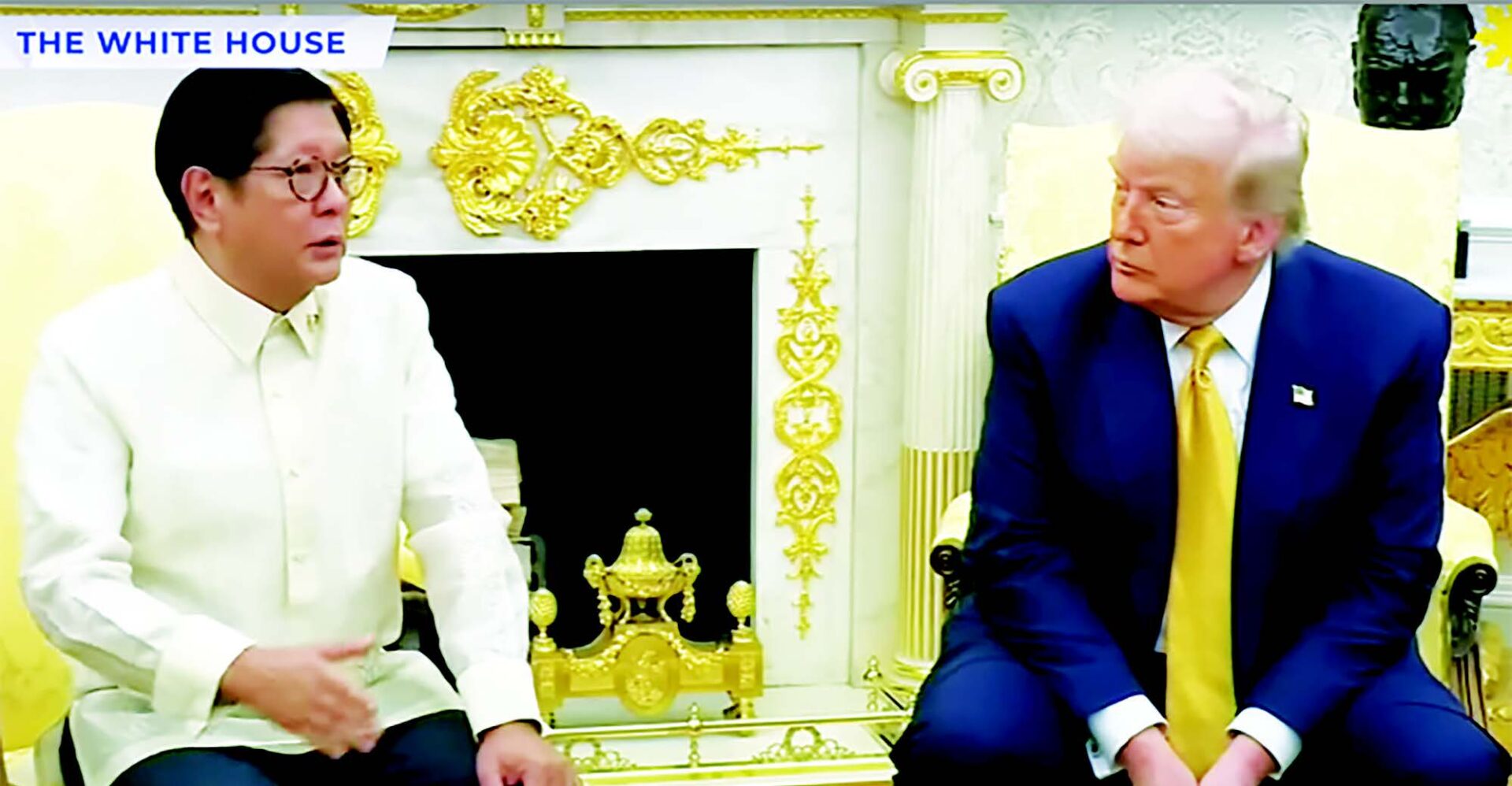President Ferdinand Marcos Jr. said the United States reduced the tariff on Philippine products to 19 percent from a previously announced 20 percent during his meeting with US President Donald Trump — calling the 1 percentage point cut “significant” in real terms, along with other concessions granted to Manila such as increased import quotas.
The lower tariff rate comes as part of a broader deal reached during his bilateral talks with US President Donald Trump in Washington on Tuesday (Wednesday Manila time), which involves zero tariff for US goods imported by the Philippines.
Marcos also emphasized the deal grants the Philippines a higher limit for its imports of American soy, wheat, and pharmaceutical products.
“We managed to bring down the 20 percent tariff rate for the Philippines to 19. Now, 1 percent might seem like a very small concession. However, when you put it into … in real terms, it is a significant achievement,” the president said in an interview with the Philippine media delegation that accompanied his visit to the US.
Marcos said other details about the tariff deal are still being finalized.
Referring to the tariff reduction, he added, “they told us — that it is because of the special relationship between the Philippines and the United States.”
Higher import quota
Marcos said increased Philippine imports of key US goods such as soybeans, wheat, and pharmaceutical products could help lower domestic prices and improve healthcare affordability.
“Increased imports, especially medicine, would help bring down prices and make it more affordable for Filipinos,” he noted. “It would also offset the trade balance deficit that we have.”
Market-opening commitment
Marcos clarified that while the US agreed to reduce the tariff on Philippine goods, the Philippines will reciprocate by removing certain import
duties — notably on American automobiles — as part of a phased market-opening commitment.
The final terms are still being ironed out, but Marcos said both governments had agreed on a working framework anchored on the revised 19 percent rate.
“That’s now our template,” he said. “What we are following is a 19 percent tariff rate on Philippine goods that are imported into the United States.”
Trump, in a joint press briefing with Marcos at the Oval Office earlier, initially hesitated to confirm the deal, saying “we’ll probably agree to something.”
Later, however, in a post on social media, he declared: “We concluded our Trade Deal, whereby The Philippines is going OPEN MARKET with the United States, and ZERO Tariffs. The Philippines will pay a 19% Tariff.”
The zero tariff for the US, however, does not apply broadly to US goods. Marcos said it will cover select products in previously restricted markets, particularly automobiles, while broader access remains subject to ongoing negotiation.
‘We tried very hard…’
When asked whether the Philippines was being shortchanged — offering zero tariffs while still facing 19 percent duties — Marcos responded, “That’s how negotiations go.”
He added that his team had pushed hard to improve the original offer, which had climbed to 20 percent from a previously announced 17 percent due to internal US trade policy adjustments.
“We came here. When we arrived in Washington, tariff rates were 20. So, why it came up from 17 to 20 is an internal matter with the United States government … but the number that we had to work on was 20. So, we tried very hard to see what we can do. And we managed the one percent decrease in tariff rates,” Marcos said.
2nd lowest tariff status
With the new rate, the Philippines now shares the second-lowest tariff status in the region alongside Indonesia, which also secured a deal at 19 percent.
Singapore maintains the lowest at 10 percent, while Vietnam faces a 20 percent rate.
Data from the Philippine Statistics Authority showed the US was the country’s top export destination in May, with shipments totaling $1.115 billion, or 15.3 percent of the Philippines’ total exports.





